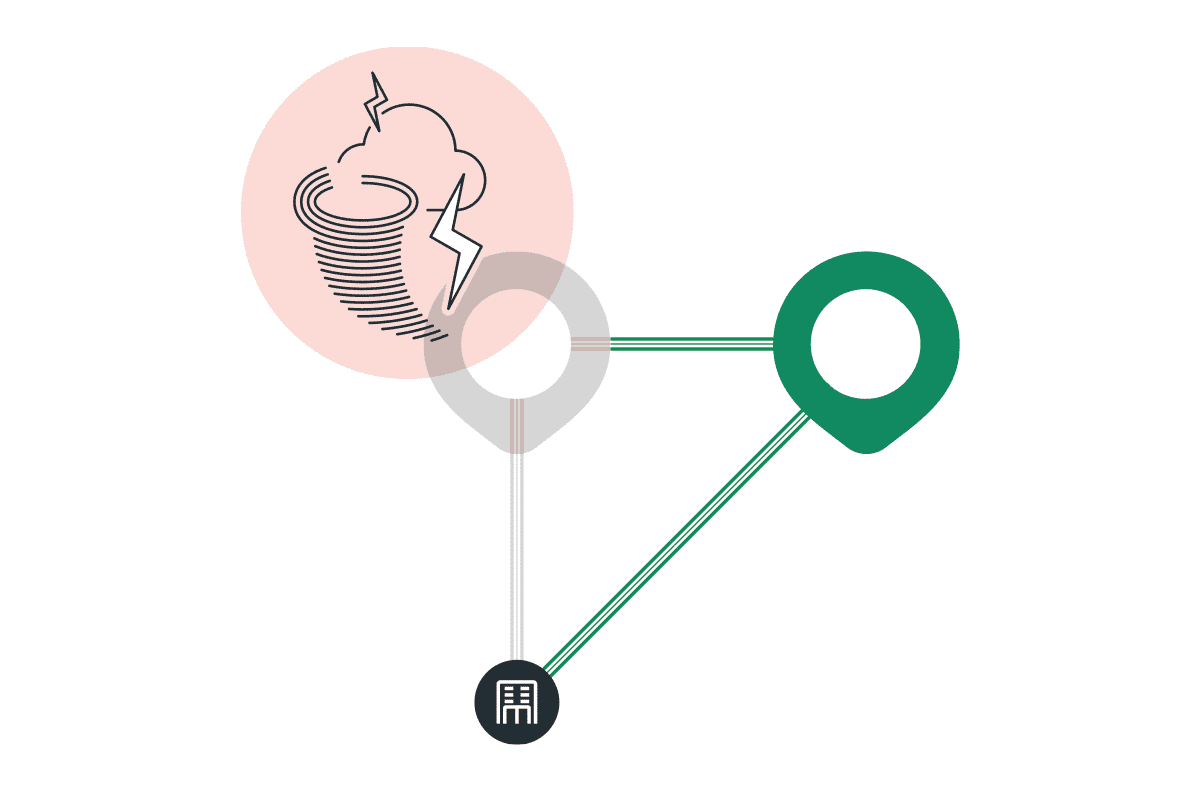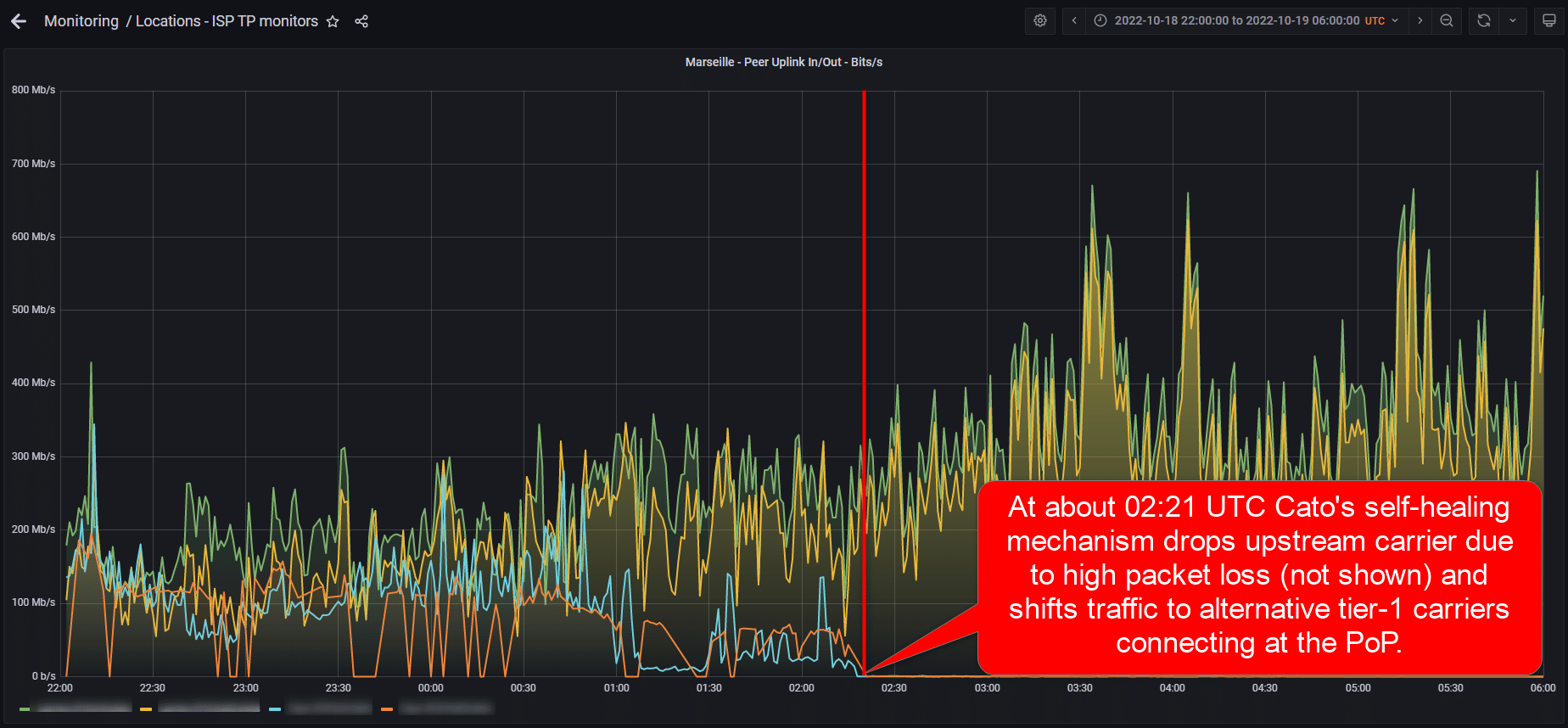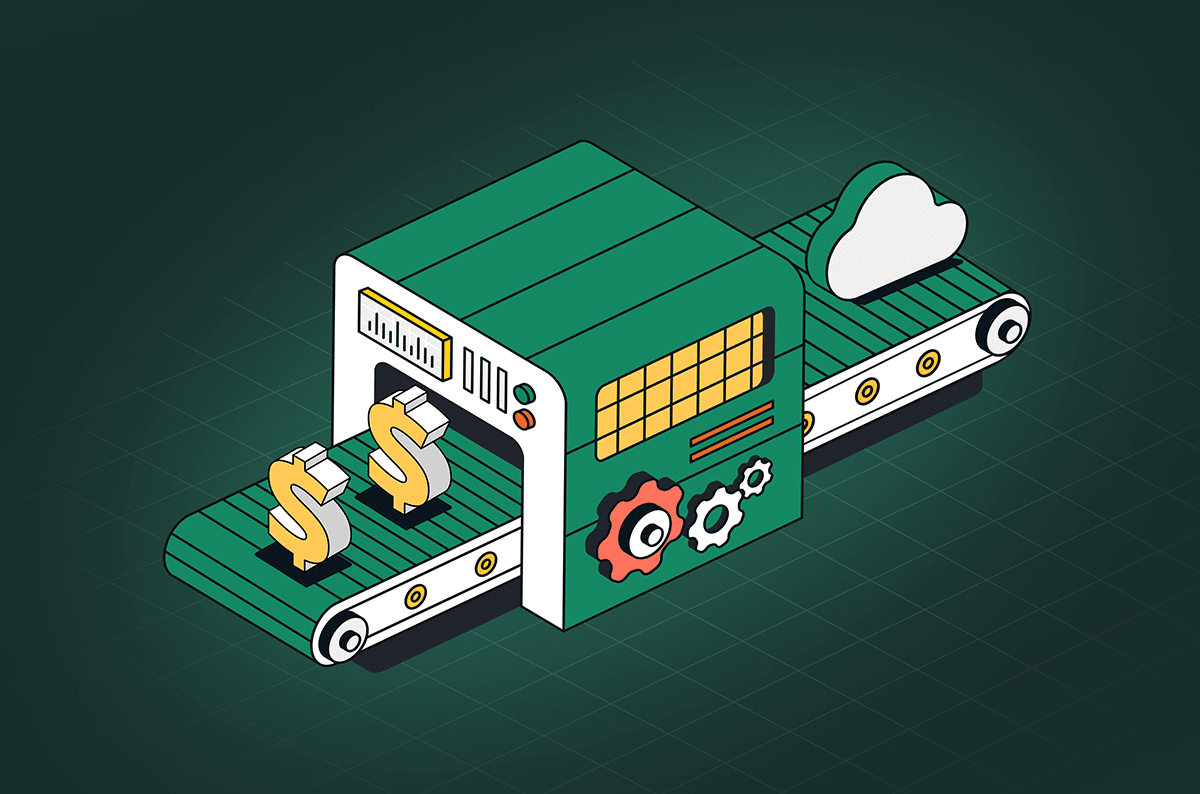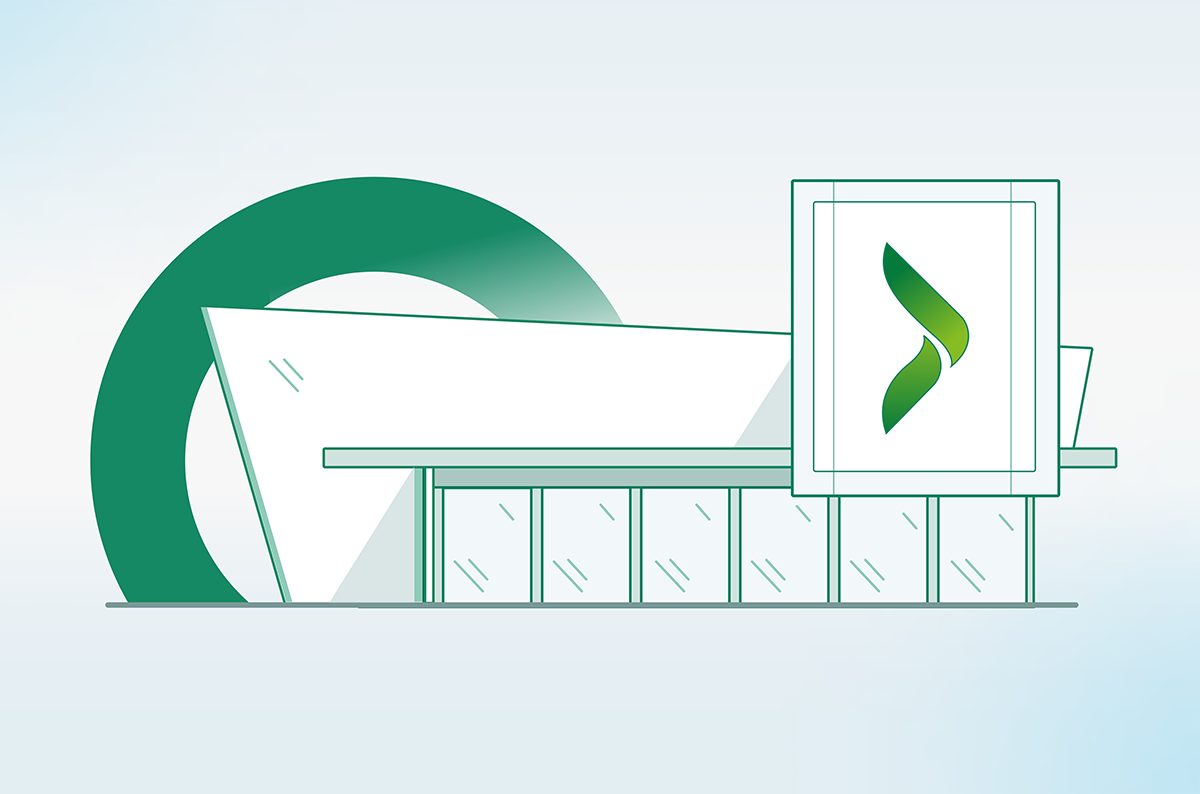Inside a Network Outage: How Cato SASE Cloud Overcame Last Week’s Fiber Optic Cable Cut

Table of Contents
|
Listen to post:
Getting your Trinity Audio player ready...
|
Last week, once again the industry saw the importance of building your enterprise network on a global private backbone not just the public Internet. On Monday night, a major fiber optic cable was severed in the Bouches-du-Rhône region of France. The cut impacted the Internet worldwide. Instantly, packet loss surged to 100 percent on select carriers connecting to our Marseilles, Dubai, and Hong Kong PoPs.
And, yet, despite this major outage, Cato users were unaffected. No tickets were opened; no complaints filed. Why? Because the Cato SPACE architecture detected the packet loss spike on the carrier’s network and moved user traffic to one of the other tier-1 providers connecting the Cato PoP.
All of this was done automatically and in seconds. Just look at the below report from our Marseilles PoP. Notice how at 02:21 UTC Cato isolated the two affected carriers (aqua and orange lines) and traffic was picked up by the other carriers at the PoP.
Uplink Traffic Report from Cato’s Marseilles PoP

It’s not the first time we’ve seen the resiliency of the Cato Global Private backbone. Whether it’s a network failure or a crash at a top-tier datacenter housing a Cato PoP Cato has proven its ability to automatically recover quickly with little or no impact on the user experience.
The network engineering involved in delivering that kind of availability and performance goes to the very DNA of Cato. From the very beginning, we built our company to address both networking and security. Our founders didn’t just help build the first commercial firewall (Shlomo Kramer) they also built one of the global cloud networks (Gur Shatz). The teams they lead and have built the tools and processes to lead in both domains, which is what’s required in this world of SASE.
When building the Cato Global Private Backbone, we wanted to provide enterprises with the optimum network experience regardless of a site’s location, route taken, or network condition. As such, we built many tiers of redundancy into Cato, such as users automatically connecting to the optimum PoP, instant failover between SPACE instances within a server, servers within a PoP, and between PoPs. (Follow the link for a detailed look at the resiliency built into the Cato Global Private Backbone.)
Single Pass Cloud Engine: The Key to Unlocking the True Value of SASE | EBOOKBuilding our backbone from third-party networks, such as those offered by Amazon, Azure or Google, would certainly have been easier, but that would also compromise our control over the underlying network. The network between two PoPs on an Azure or Amazon network in the same region or zone might be reliable enough, but what happens when those PoPs exist across the globe, in different hyperscaler regions/zones, or on separate hyperscaler networks altogether?
As both networking and security professionals, we at Cato didn’t want to leave those and other scenarios to chance. We wanted to own the problem from end-to-end and ensure enterprise customers that they would receive the optimum performance all the time from anywhere to anywhere even during failover conditions.
By building PoPs on our own infrastructure and curating PoP-to-PoP connectivity, we can control the routing, carrier selection, and PoP placement. Carriers connecting our PoPs have been carefully selected for zero packet loss and low latency to other PoPs and for optimal global and regional routes. Cato SPACE architecture monitors those carrier networks, automatically selecting the optimum path for every packet. This way no matter the scenario, users receive the optimum performance.
And by owning the infrastructure, we can deliver PoPs where enterprises require them not where hyperscalers want to place them. With 75+ PoPs all running Cato’s cloud-native SPACE architecture, Cato has more real time deep packet processing capacity than any hyperscaler worldwide. It’s why enterprises with users in 150+ countries trust Cato every day to help them slash telecom costs, boost performance by 20x, and increase availability to five nines by replacing their legacy MPLS networks with the Cato Global Private Backbone.
For many so-called SASE players, one or the other side gets missed. Players coming from the security world need to outsource PoP placement to third-parties who understand networking. Networking vendors coming to SASE need to partner for security expertise. Both approaches compromise the SASE solution. Cato is the only vendor in the world built from the ground up to be single-vendor SASE platform. This is why we can deliver the world’s most robust single-vendor cloud-native SASE platform – today.















